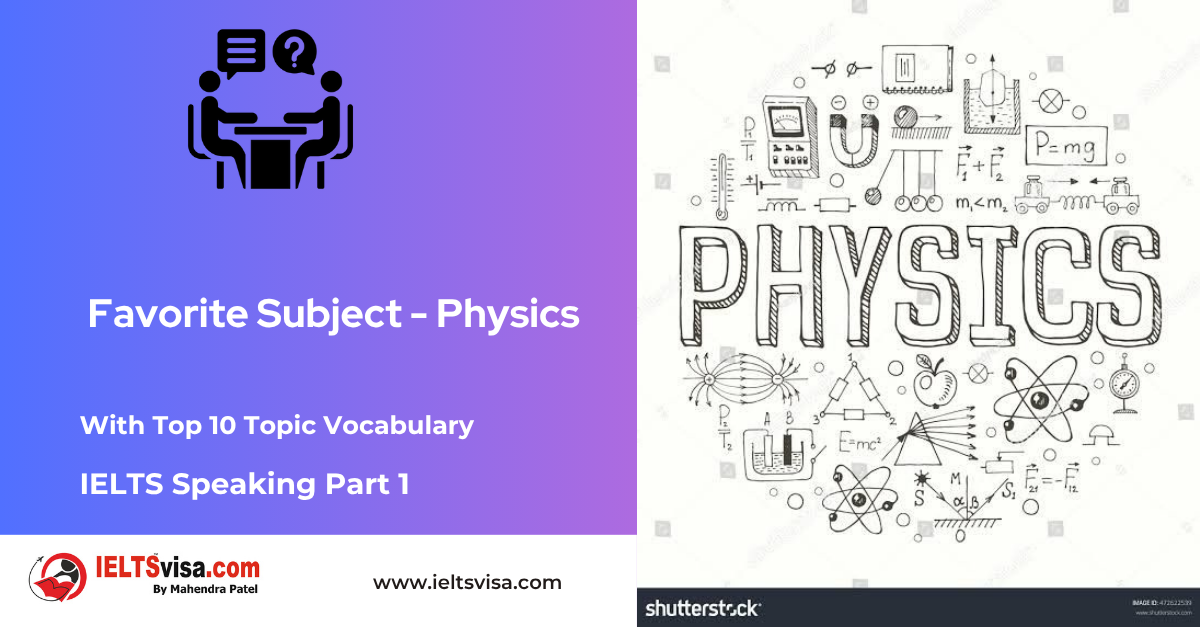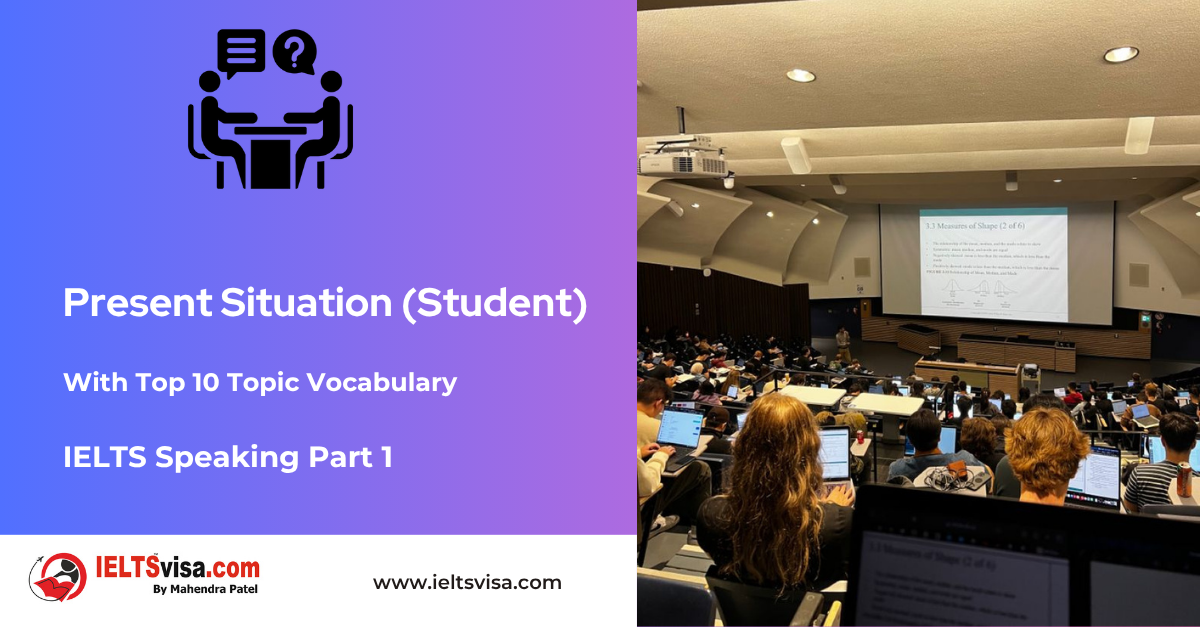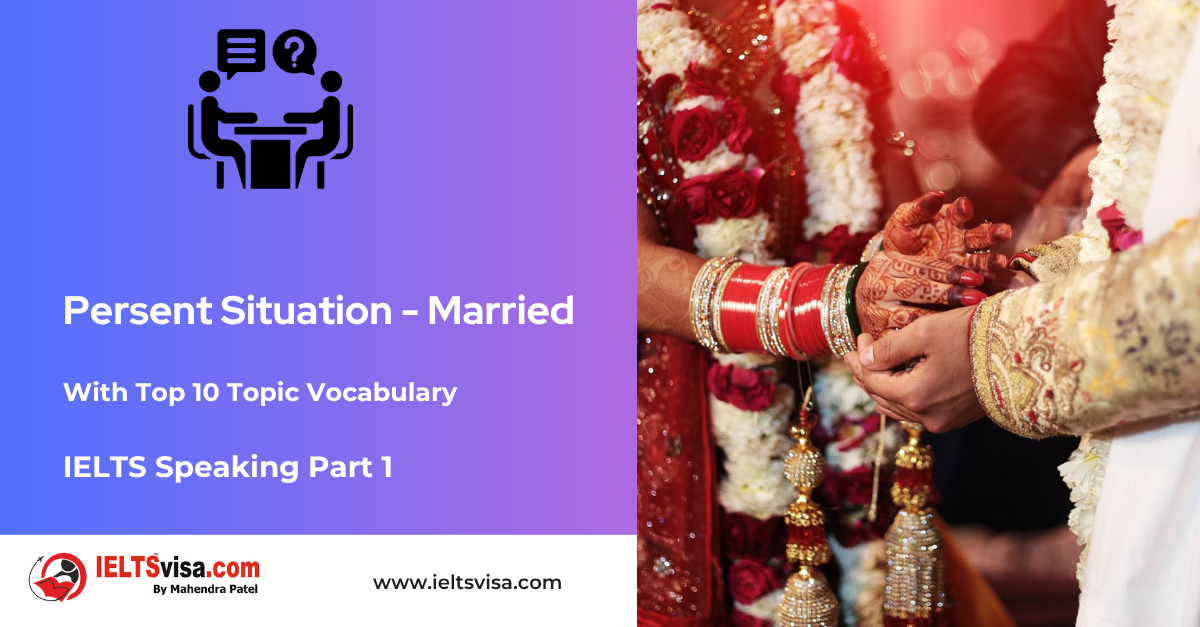Relative Pronouns
Grammar for IELTS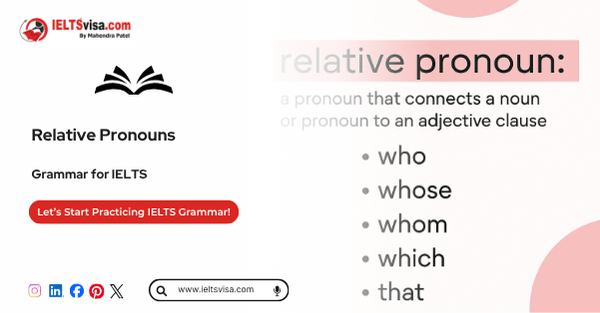
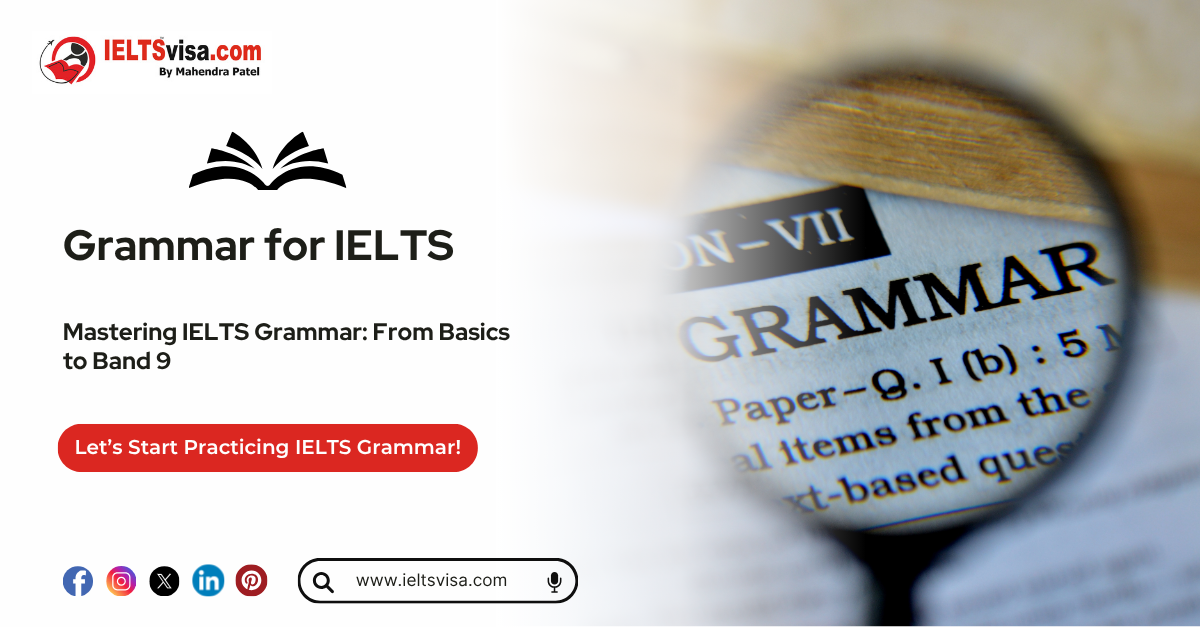
Relative Pronouns: Definition, Usage, and Examples
Relative pronouns are an essential part of English grammar, used to introduce relative clauses and connect them to the rest of a sentence. These pronouns not only enhance sentence structure but also provide additional information about a noun. Common relative pronouns include who, whom, whose, which, and that.
This comprehensive guide will explore relative pronouns, their rules, and how to use them effectively in sentences.
Table of Contents
1. What Are Relative Pronouns?
2. Definition of Relative Pronouns
3. Commonly Used Relative Pronouns and Their Functions
4. Examples of Relative Pronouns in Sentences
5. Special Rules for Using Relative Pronouns
6. Relative Pronouns vs. Other Pronouns
7. Test Your Knowledge of Relative Pronouns
8. Frequently Asked Questions
What Are Relative Pronouns?
Relative pronouns are words used to introduce relative clauses, providing extra information about a noun or pronoun in the sentence. They help link the main clause to a dependent clause, creating complex and informative sentences.
For example:
- The woman who lives next door is a doctor.
Here, the relative pronoun who introduces the clause “who lives next door,” which provides more information about “the woman.”
Definition of Relative Pronouns
According to the Merriam-Webster Dictionary, a relative pronoun is defined as “a pronoun that introduces a subordinate clause and refers to an antecedent.” The Cambridge Dictionary adds that relative pronouns like who, which, and that “are used to connect a clause or phrase to a noun or pronoun.”
Commonly Used Relative Pronouns and Their Functions
Each relative pronoun serves a specific purpose, depending on its usage and the context of the sentence. Below is a table summarizing their functions:
|
Relative Pronoun |
Function |
Examples |
|
Who |
Refers to people and sometimes pets; acts as subject or object |
The teacher who inspired me retired last year. |
|
Whom |
Refers to people; acts as the object of a verb or preposition |
The man whom I spoke to was very helpful. |
|
Whose |
Indicates possession by people, animals, or things |
She is the author of a book that became a bestseller. |
|
Which |
Refers to animals or things; introduces defining or non-defining clauses |
The car, which is red, belongs to my brother. |
|
That |
Refers to people, animals, or things; used in defining clauses |
The house that we visited is for sale. |
|
Where |
Refers to places |
This is the city where I was born. |
|
When |
Refers to time |
It was a time when everything seemed possible. |
|
Why |
Refers to reasons |
Do you know the reason why she left early? |
Examples of Relative Pronouns in Sentences
Defining Relative Clauses
These clauses provide essential information and are not set off by commas.
-
- The girl who won the competition is my cousin.
- The cake that you baked was delicious.
Non-Defining Relative Clauses
These clauses add extra information and are separated by commas.
-
- My friend Sarah, who lives in New York, is visiting us next month.
- The Eiffel Tower, which is in Paris, is a popular tourist attraction.
Possessive Relative Pronouns
-
- The artist whose painting was stolen is very upset.
Relative Pronouns with Prepositions
-
- The hotel in which we stayed was amazing.
- The person whom I spoke to is an expert.
Special Rules for Using Relative Pronouns
1. Prepositions with Relative Pronouns
In formal writing, prepositions are often placed before relative pronouns:
-
- The teacher to whom I spoke was very kind.
In informal writing, the preposition typically comes at the end:
-
- The teacher I spoke to was very kind.
2. “That” vs. “Which”
-
- Use “that” in defining clauses: The car that he drives is expensive.
- Use “which” in non-defining clauses: The car, which he rarely drives, is parked outside.
3. Omitting Relative Pronouns
In informal English, relative pronouns can sometimes be omitted if they are the object of the clause:
-
- The movie (that) I watched yesterday was fantastic.
4. Avoiding Ambiguity
Always ensure the antecedent is clear to avoid confusion:
-
- Ambiguous: The dog chased the cat that barked loudly.
(Is it the dog or the cat that barked?) - Clear: The dog, which barked loudly, chased the cat.
- Ambiguous: The dog chased the cat that barked loudly.
Relative Pronouns vs. Other Pronouns
|
Feature |
Relative Pronouns |
Other Pronouns |
|
Function |
Connects clauses |
Replaces nouns or phrases |
|
Examples |
who, which, that |
he, she, it, this, that |
|
Usage |
Adds information |
Avoids repetition |
Test Your Knowledge of Relative Pronouns
Fill in the blanks with the correct relative pronoun:
1. The girl ___________ won the race is my sister.
2. The book ___________ you gave me is amazing.
3. This is the man ___________ house we stayed in.
4. Can you tell me the reason ___________ she is upset?
5. This is the café ___________ we first met.
Answers:
1. who
2. that/which
3. whose
4. why
5. where
Frequently Asked Questions on Relative Pronouns
Q1: What is a relative pronoun?
A relative pronoun introduces a relative clause and provides additional information about a noun or pronoun.
Q2: What are some common relative pronouns?
Common relative pronouns include who, whom, whose, which, that, where, when, and why.
Q3: How do you use “that” in a sentence?
“That” is used in defining relative clauses to refer to people, animals, or things.
-
- The book that I borrowed was fascinating.
Q4: Can relative pronouns be omitted?
Yes, in informal contexts, relative pronouns can be omitted when they are the object of the clause.
-
- The movie (that) I watched was amazing.

Our Books
Master IELTS Speaking Part 1
IELTS Writing Task 1 Book
IELTS Writing Task 2 Book
Practice IELTS Other Modules
IELTS Listening
The IELTS Listening test assesses how well you can understand spoken English in various contexts. It lasts about 30 minutes and is divided into four sections with a total of 40 questions. The listening tasks become increasingly difficult as the test progresses.
IELTS Academic Reading
The IELTS Academic Reading section assesses your ability to understand and interpret a variety of texts in academic settings. It is designed to evaluate a range of reading skills, including skimming for gist, reading for main ideas, reading for detail, understanding inferences, and recognizing a writer's opinions and arguments.
IELTS Speaking
The IELTS Speaking test assesses your ability to communicate in English on everyday topics. It lasts 11-14 minutes and consists of three parts: introduction, cue card, and a discussion based on the cue card topic.
IELTS General Reading
IELTS General Reading tests your ability to understand and interpret various types of texts. Here are some key areas and types of content you can expect to encounter in the reading section, along with tips for effective preparation.
IELTS Academic Writing Task 1
In IELTS Academic Writing Task 1, you are presented with a visual representation of information, such as graphs, charts, tables, or diagrams, and you are required to summarize, compare, or explain the data in your own words.
IELTS General Writing Task 1
In IELTS General Writing Task 1, you are required to write a letter based on a given situation. The letter can be formal, semi-formal, or informal, depending on the prompt. Here’s a breakdown of the key components to include in your letter
IELTS Academic Writing Task 2
In IELTS Academic Writing Task 2, you are required to write an essay in response to a question or topic. Here’s a guide to help you understand the essential elements of this task
IELTS Exam Tips
To succeed in the IELTS exam, practice regularly, familiarize yourself with the test format, improve your vocabulary, develop time management skills, and take mock tests to build confidence.
Grammer for IELTS
Grammar is the foundation of effective communication in English. Understanding tense usage, subject-verb agreement, and sentence structure enhances clarity and coherence in writing and speaking.
Vocabulary for IELTS
Vocabulary plays a crucial role in the IELTS (International English Language Testing System) exam, especially in the Speaking and Writing sections. Here’s an overview of why vocabulary is important and how it impacts your performance
RECENT IELTS SAMPLES QUESTIONS AND ANSWERS
IELTS Speaking Part 1 – Favourite Sujbect – Physics
IELTS Speaking Part 1 - Favourite Sujbect - Physics Q: What is your favourite subject? A: My favourite subject...
IELTS Speaking Part 1 – Present Situation (Student)
IELTS Speaking Part 1 - Present Situation (Student) Q1: Are you a student or do you work?A: I’m a full-time...
IELTS Speaking Part 1 – Present Situation – Employee – as an International Student and Social Worker
IELTS Speaking Part 1 - Present Situation - Employee - as an International Student and Social Worker Q1: Are...
IELTS Speaking Part 1 – Persent Situation – Employee- as an Electric Engineer
IELTS Speaking Part 1 - Persent Situation - Employee- as an Electric Engineer Q1: What do you do for a...
IELTS Speaking Part 1 – Persent Situation – Employee – as an Software Engineer
IELTS Speaking Part 1 - Persent Situation - Employee - as an Software Engineer Q1: What do you do for a...
IELTS Speaking Part 1 – Persent Situation – Married
IELTS Speaking Part 1 - Persent Situation - Married Q1: Are you married?A: Yes, I am married. My spouse and I...

